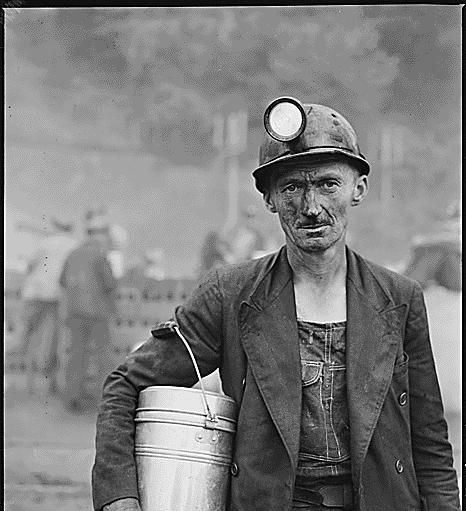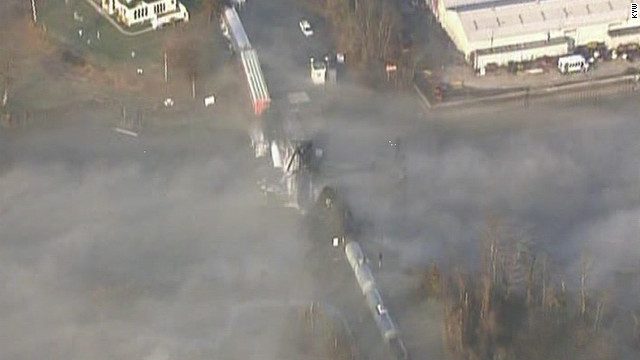Obvious, but not obvious.
There’s an important concept in the security field that everyone should understand. I’m writing this now because of all the discussion about building a wall at the USA/Mexico border. Some of you will find what I have to say obvious. Most will find it to be a new way of thinking that they hadn’t consciously thought about before.
Back in the last century, I spent 15 years building a company in the security business — physical security, access control, tracking of personnel within a secure facility, and asset tracking. Focus was on facilities needing the highest level of security, mostly government, so our systems supported man-traps, two-man-rule (required for access to nuclear warheads), surreptitiously weighing personnel as they entered and exited to detect systematic theft, collecting data that could indicate impaired performance of personnel, on and on. Back in the 1980s, if you visited the headquarters of the three letter agencies you passed through systems designed by me. In the 80s and 90s, Reagan, Bush, and Clinton controlled zone security the Whitehouse with my systems. FBI evidence rooms and all federal court facilities are secured by my systems today. If technicians need to work on a nuclear warhead at facilities where they are stored, their access is controlled by systems I designed. When the Soviet Union fell, the USA stepped in, and I and others worked on systems to physically secure the Russian nuclear arsenal until they put a stable government together.
When I began in this field, I was just an electronics engineer and software guy, who had done a lot of things. In the course of working in security, I was fortunate and privileged to work with the roughly half dozen guys in the USA, who are the most skilled and knowledgeable in this field. They all worked for various agencies in the government and I can’t describe how brilliant, experienced, and amazing they were. I learned a great number of fascinating and useful things. Over the years, it became clear that there are a number of basic principles that govern the field of security, like the laws of physics. One partner and I repeatedly discussed writing a book on these principles, but we never got around to it.
One of the principles or realities of physical security, the most important one to have clearly in mind, is that there’s no such thing as foolproof physical security. We constantly hear promotional phrases like “bulletproof security”, built like Fort Knox, impenetrable as a bank vault, uncrackable codes, unpickable locks, etc. There is no such thing. Any security scheme devised by Man can be defeated by Man. The only thing that security schemes do is buy you time. In the case of physical security, it buys time for humans to respond with force to an intrusion attempt. Hopefully, it raises the time cost/risk high enough that an intruder isn’t willing to try. That’s all it does. It’s a delaying mechanism and nothing more.
If there is no human to respond to an intrusion attempt, then there is no security. Security depends on human intervention and how long it takes for the response to arrive. This is obvious once you think about it. It’s just something most people don’t consciously think about. It’s not pleasant to think about because it makes you feel naked to realize that all the fancy security systems you have are worthless if an armed response doesn’t arrive in time.
Now you’re thinking about it. I hope this informs your thinking about the security measures in your home and business.
It also means that a border wall is useless without intrusion detection and armed response. Adding that to a wall costs more than the wall because it’s a perpetual ongoing expense involving lots of people. This is the drawback of all walls, including the Great Wall of China. Walls are not standalone solutions. They must be defended. In its day, the Great Wall did its job because it was defended. Yes, the Great Wall of China was manned 24/7 from one end to the other.
There are other considerations, but there’s no need to get into them here. All arguments say that undefended walls do not work. History proves it.



Recent Comments